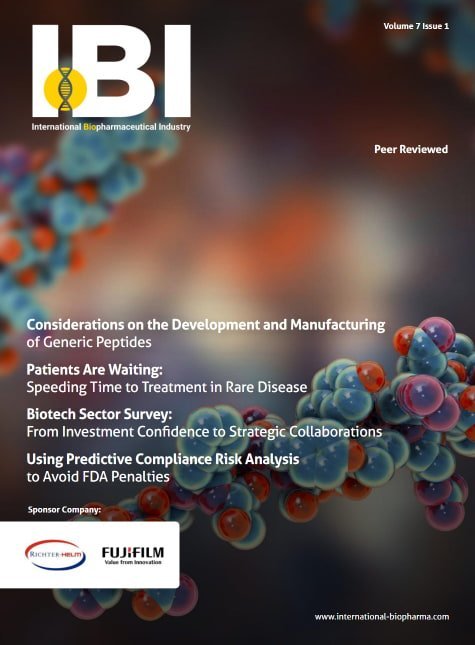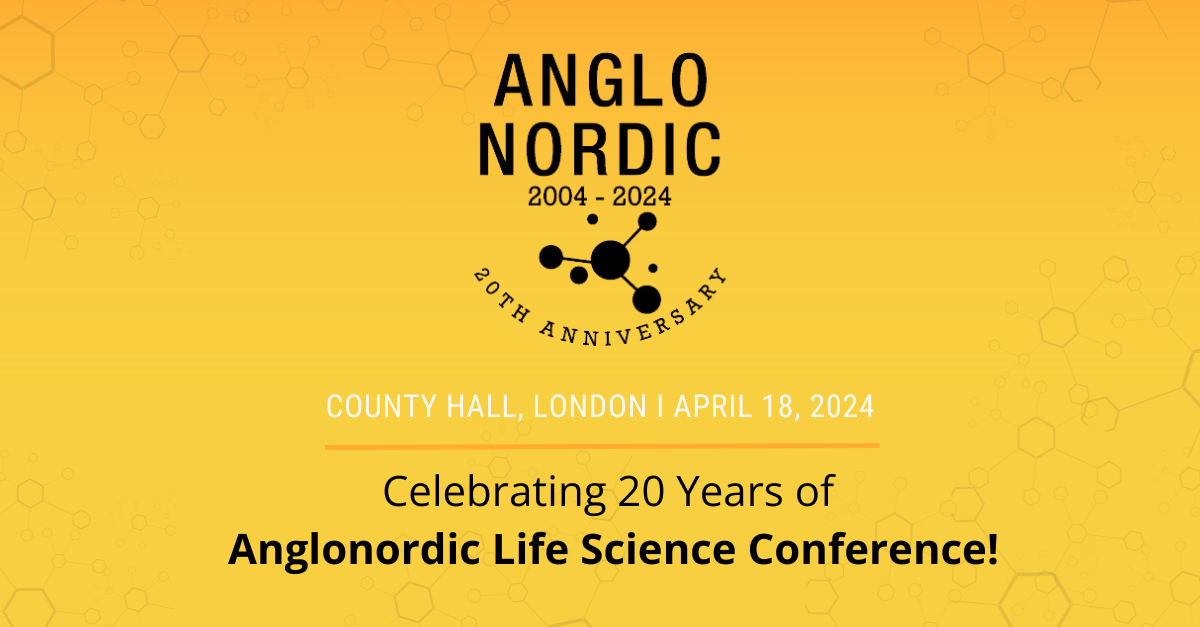
- BioMarin Pharmaceutical said it would submit data from its Phase 3 trial of hemophilia A gene therapy valoctocogene roxaparvovec, or valrox, to regulators for approval following initial results from 16 out of 130 patients set to be enrolled in the trial.
- Clotting factor expression in seven patients rose to a level that will prevent severe bleeding incidents for at least eight years, BioMarin said Tuesday, explaining its plan to seek approval from the Food and Drug Administration and European Medicines Agency. Decisions could come by the end of 2020, if all goes to plan.
- BioMarin did not put to rest concerns about valrox’s durability, however, as three-year follow-up data from a Phase 2 trial showed a continued drop in expression of the clotting protein called Factor VIII. BioMarin shares declined 3% in Monday morning trading.
BioMarin’s hemophilia gene therapy leads in the race to get a one-time treatment to market for hemophilia A, which is caused by a deficiency of Factor VIII. The experimental treatment consists of an inactivated virus that delivers to liver tissue a gene inducing Factor VIII expression.
Company executives said the Phase 3 valrox trial had met criteria for submission sought by U.S. and European regulators. An interim analysis showed that a dose of 6e13 vg/kg dose achieved Factor VIII expression of 40 IU/dL of blood in seven of the 16 patients who had four months of follow-up evaluation among a cohort of 20 patients. The company said an eighth had met the same criteria since the April 30 cutoff for evaluation, and three more still need to be evaluated.
That’s some ways below the levels that excited the biopharma sector in December 2017, when early Phase 2 data suggested patients treated with valrox were achieving near-normal levels of clotting factor expression, or between 50 to 150 IU/dL.
Subsequent analysis have suggested expression fades over time, a hypothesis confirmed by continued evaluation of patients in those Phase 2 tests that BioMarin released Tuesday. In patients taking the Phase 3 dose of 6e13 vg/kg, factor expression declined to a median of 20 to 30 IU/dL after three years, depending on the measurement method. A level above 5 IU/dL is considered to be a mild form of hemophilia that’s less prone to dangerous bleeding events.
Based on the continued analysis of the Phase 2 patients, BioMarin argued Factor VIII expression in the Phase 3 cohort should be durable above that 5 IU/dl level for at least eight years.
Stifel analyst Paul Matteis, though, said the decline was not as severe as many had feared.
In a May 28 investor note, he wrote that the data are probably good enough to gain approval from the FDA and EMA, although he expects only a minority of patients will receive it following approval.
Replacement factor use was reduced by 96% over three years in the Phase 2 patients, BioMarin reported. This will be important to payers, which have to pay hundreds of thousands of dollars a year per patient for factor replacement therapies. For example, the Centers for Medicare and Medicaid Services report that — at list prices — it would have paid $477,000 per patient needing Sanofi’s Eloctate in 2017.
The durability question could leave valrox vulnerable to competition from earlier-stage projects like Spark’s SPK-8011 or Pfizer and Sangamo’s SB-525, should they prove to have longer-lasting benefit on Factor VIII expression, Matteis noted.

























